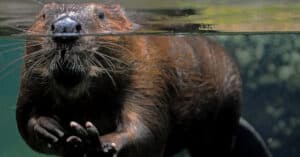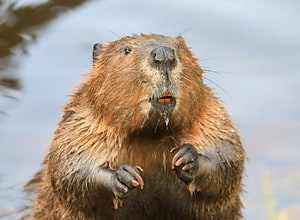One of two living beaver species is the North American beaver (Castor canadensis). It was originally from North America, but it has since spread to Europe and South America. The common name “beaver” is used interchangeably with “mountain beaver” in the United States and Canada, leading to some confusion between the two species. The North American beaver is not only the official state mammal of two states (Oregon and New York) but also one of the official national wildlife symbols of Canada.
The other living species of beaver, Castor fiber, is native to Eurasia but goes by a variety of common names such as the American beaver and the Canadian beaver. When it comes to living rodents, beavers are second only to capybaras in terms of size. In today’s article, we are going to explore the current beaver population, including how many are left in the world.
The Survival of the Beaver: How Many Are There?
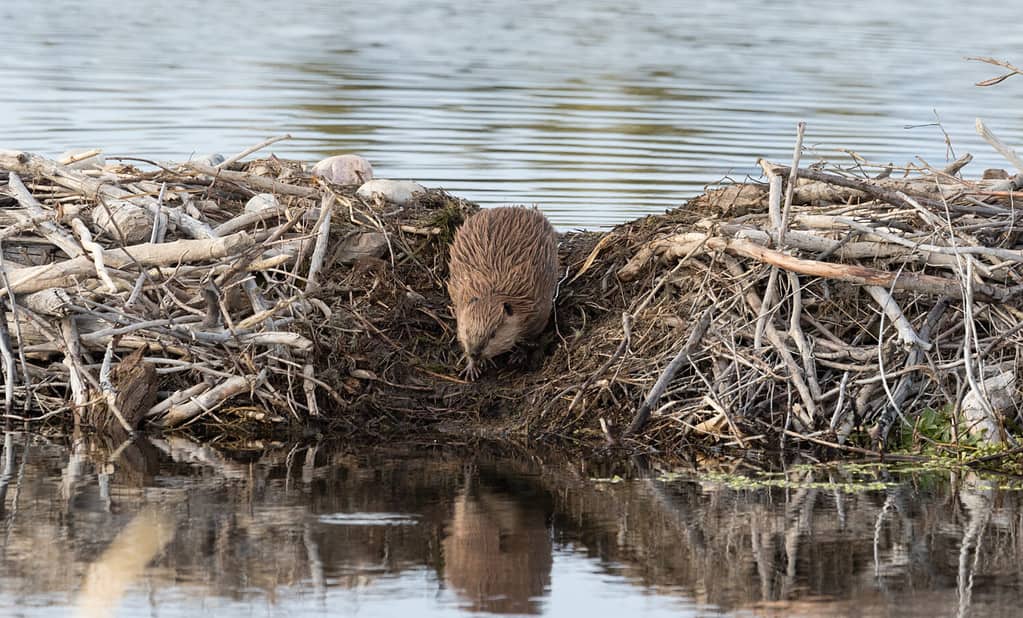
As many as 15 million beavers are thought to live in North America, with another million thought to live in Europe.
©Ronnie Howard/Shutterstock.com
It is estimated that the beaver population in North America is roughly 15 million with another million populating Europe.
The beaver’s contribution to the ecosystem has been overlooked for too long. Because of decades of extermination and trapping for the fur trade, beavers in the United States and Canada nearly became extinct in the late 1800s. Around the same time, the European population of this species plummeted to a mere 1,200 members.
Thankfully, humans and countless other species benefited from the increase in the Castor population after the fur trade fell out of favor in the early 1900s. Now, beavers are making a comeback!
Is There A Threat To The Beaver Species?
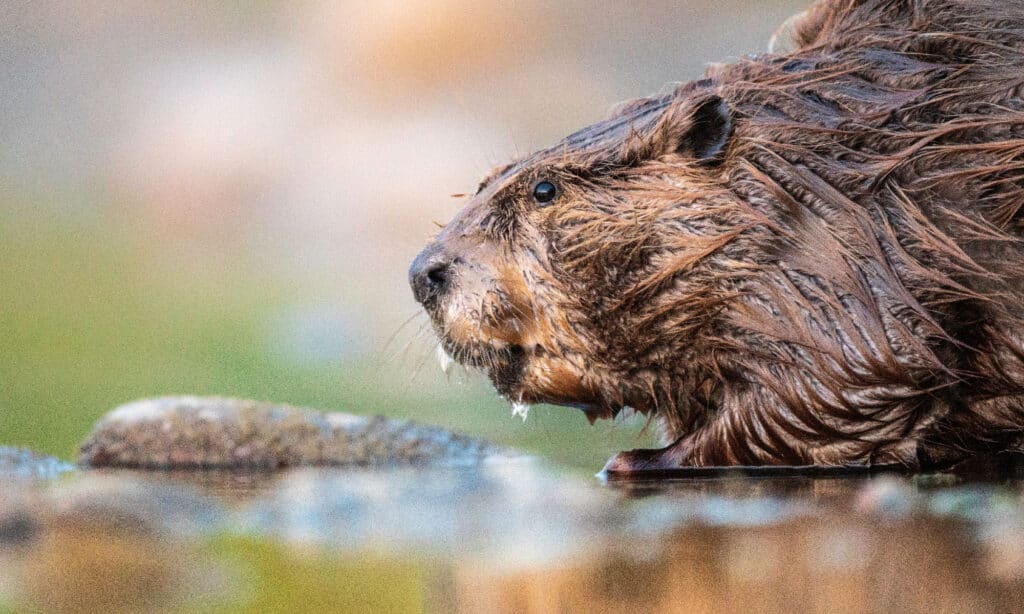
Beavers were originally one of the most common mammals across North America, with a population in the hundreds of millions.
©Layne VR/Shutterstock.com
The beaver population once numbered in the hundreds of millions, making it one of the most abundant mammals across North America. However, their numbers were severely impacted due to trapping and the destruction of their natural habitat.
However, various conservation measures have led to a rise in the beaver population. Beavers are being brought to new habitats all over the world because people have come to recognize their value as nature’s foremost building engineer.
This demonstrates why the recovery of a species nearly wiped out by human activity is having such far-reaching, beneficial implications on our landscapes, economy, and ecology.
What Role Do Beavers Play in Maintaining a Healthy Ecosystem?
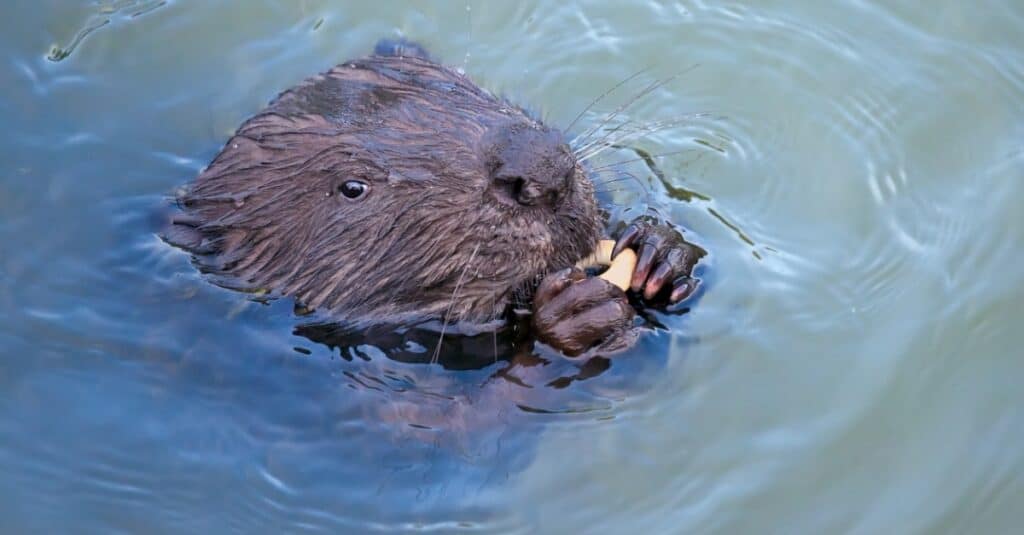
Beavers have the ability to construct dams up to .5 miles long.
©iStock.com/TatianaMironenko
Beavers can build dams up to half a mile in length, and the ponds they construct help to keep streams and rivers flowing year-round despite fluctuations in snowfall and glacier melt. Numerous bird, insect, amphibian, fish, and mammal species, including the threatened coho and steelhead salmon, rely on beaver ponds for survival. Because of their ability to build, alter, and sustain ecosystems, beavers are often referred to as “ecosystem engineers.” The beaver population is important to the ecosystem.
As a result, beavers significantly affect the local biodiversity through the following mechanisms:
More species can thrive in their natural environments.
Insects are helped by the wood that is brought into the river by these people. Salmon, among other animals, eat these insects. River otters, muskrats, and mink all make their homes in beaver dams and lodges.
It’s common for birds to build nests on top of lodges. Fish also find refuge in the lodges’ submerged wooden structures. Because of the beaver dams, the water moves more slowly, and the ponds’ water and timber offer a variety of habitats in one convenient location.
The water quality is enhanced by beaver ponds.
Beaver ponds act like giant water filters, trapping and storing harmful substances like fertilizers and pollutants. As a result, the water leaving beaver ponds is purer than the water that went into making them. Sediment is also accumulated in beaver ponds. If the sediment is allowed to remain in the pond for a long enough period of time, the pond will transform into a beaver meadow. The beaver population is necessary for water flow.
Are Beavers Extinct?

Beavers are a common mammal across North America.
©U. Eisenlohr/Shutterstock.com
Although beavers are common now, a once-existing species known as Giant beavers has since become extinct. These beavers, which previously inhabited North American lakes and swamps, were as big as black bears. Thankfully for vacationers at cottages, these giant rodents were extinct at the conclusion of the last ice age.
The enormous beaver was a prosperous species before it went extinct. Its fossils have been discovered in Florida, Alaska, and the Yukon. The huge beaver looked like a modern beaver but weighed in at a whopping 100 kilos (220 pounds)!
The enormous beaver did not have the characteristic paddle-shaped tail of modern beavers. Instead, it sported a muskrat-like long, slender tail. Even the teeth had a new appearance. The front teeth of modern beavers are pointed and chisel-like, but those of its ancestors, the big beaver, were rounded and blunt.
Can You Imagine a World Without Beavers?
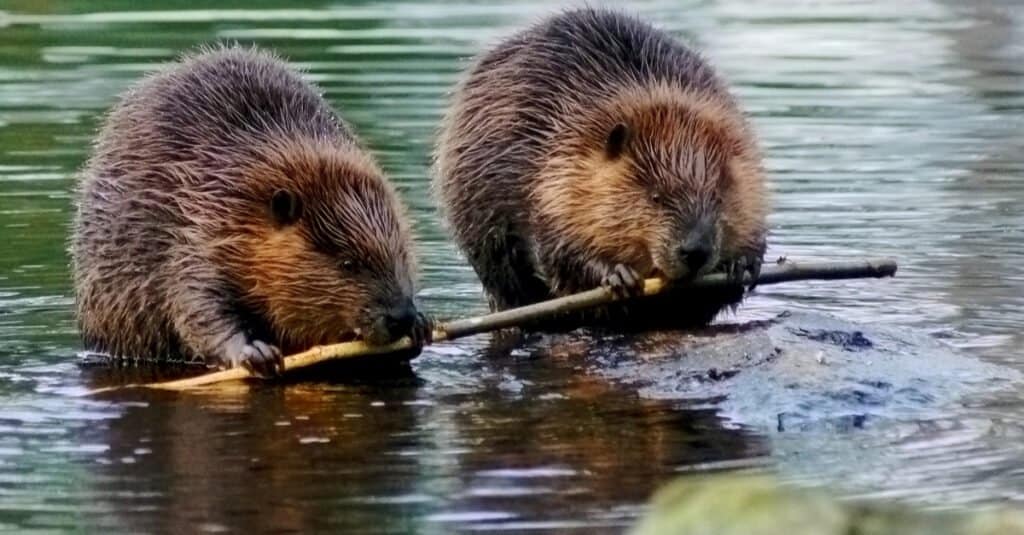
Beaver dams are important to maintaining a healthy ecosystem.
©P Harstela/Shutterstock.com
The beaver is an important species. Their existence has a significant impact on the natural environment. The quality of habitat actually declines when beavers are removed from their natural habitat. Fewer types of wildlife are able to use the region as a result. Many animal species would suffer or perish if it weren’t for beavers and the dams they construct to hold water and protect them from predators.
Also, a dam won’t hold without beavers to maintain it. When beaver populations decline, beaver dams often collapse along with them, causing streams to narrow, the water table to drop, and the beaver meadow to give way to a drier riverbank passage. Many animals’ lives are lost, and a lot of environmental damage is done when a healthy pond is destroyed.
The photo featured at the top of this post is © iStock.com/webmink
Thank you for reading! Have some feedback for us? Contact the AZ Animals editorial team.





